Marine & Freshwater Environmental Education
Follow BCS on Twitter
My TweetsWant updates on BCS posts?
Scroll through the BCS archives …
Learn more on …
Random posts from BCS …
The “Osprey”, they’re bone breakers alright
The Latin name for osprey, Pandion haliaetus, means “bone breaker” and explains quite well how the bird of prey gets his main source of food, fish. Ospreys plummet down from almost 30 stories above water and use their barbed talons to grab onto mullet, menhaden, or other fish found in estuaries. These barbs can be […]
Visit to the Smithsonian
I am excited to bring you a look into the Smithsonian’s American Museum of Natural History. We are taking a sneak peek into the Department of Ichthyology with Research Curator, Melanie Stiassny. Ichthyology is the study of fishes. In this collection you will see the ceolacanth, Latimeria chalumnae, the three lobed caudal finned fish considered […]
Why don’t fish freeze in the Arctic Ocean?
Fish species that frequent the cold temperatures of the Arctic Ocean (e.g., toothfish, cod, ice fish, etc.) have special ‘antifreeze’ proteins within their blood stream that enables them not to freeze in the cold waters of the northern hemisphere. This discovery was made about 50 years ago. Recently, scientists from the Ruhr-University Bochum in Germany […]
Christmas critter countdown: Snowflake eel
Eels have the ability to genuinely give me the creeps. It’s probably because of the scene from Princess Bride. But, actually it might have something to do with the fact that some have the ability to tie their bodies in knots and use this to gain leverage when tearing food. Find out some more uplifting […]
‘Baby beluga’ dies
I’m not certain if my dear family friend Janie had been watching too much CeeLo Green on television this summer or if she got wind that the little white whale that inspired the classic children’s song ‘Baby Beluga‘ by Raffi Cavoukian died last week, but in any event she asked me to write a post […]
Do isopods live in the ocean?
Yes. There are 45,000 different types of marine isopods. Isopods are crustaceans and have a body divided into three parts: head, thorax and abdomen. Actually, isopods are the most diverse of all the types of crustaceans and are unique because they are the most widely distrubed crustacean out there! When in doubt, call it an […]
What are jellyfish?
It was another great weekend on the beach for my family and everyone had new and exciting Beach Chair Scientist questions. The best part about being a Beach Chair Scientist is clarifying misconceptions, so I am going to start with the question that seemed to garner the most discussion this weekend “What are jellyfish?”. Jellyfish, […]
What you need to know about World Shorebirds Day: Saturday, September 6th
My husband isn’t happy about this … But, recently, I have found a new love of birds. It’s because we live in the woods and not near the ocean, so those flighted friends have stolen my heart just like fish did back some many years ago. My husband thinks it is hysterical since we grew […]
I found a great whale watcher
I miss my time aboard the Atlantic Star where we would head out to sea in the early morning and Atlantic bottlenose dolphins would be at the surface near the bow of the boat as if leading the way for a great trip. Ah, those were the days. As a substitute I did discover Ms. […]
Colorful coquina clams sign of healthy beach
Those tiny, colorful clams with two siphons poking our of their shells that emerge quickly once the waves wash gently ashore are known as coquina (ko-KEE-nah) clams. These bivalves rarely exceed an inch long and are indicators of a healthy beach. If eroding beaches are constantly being renourished, coquina clams, as well as other sand […]
Flickr photos …
What people are saying …
- Robert Emahiser on Why you should never walk on dunes
- Lesa on 10 brief facts on bioluminescence
- Lisa on Limulus Love
- Beach Chair Scientist on 17 facts about the wee sea potatoes
- Bernard Rejterada on 17 facts about the wee sea potatoes
- Brian on What is the difference between a summer and winter flounder?
- Inbound marketing on 15 facts about the Portuguese man-of-war that’ll have you saying “Didya know…?”
- Donnie Huckabee on Wordless Wednesday | Shell art
- John on Why you should never walk on dunes
- ItzJaylaD on What I know about whale sharks
Top posts & pages from BCS …
- Hurricane vs. Cyclone vs. Typhoon
- A House for Hermit Crab
- How to handle a horseshoe crab
- Snot's your house
- Wednesday Wisdom: Various quotes (Alaska scenes)
- A naturalist's must-see destination: Fossil Hunting at Bayfront State Park in Chesapeake Beach, MD
- Belly biology creates lasting memories
- Five awful puns about courtship in the sea
- Horseshoe crabs confirmed as members of arachnid family
- Beyond the bag: Other plastics being banned
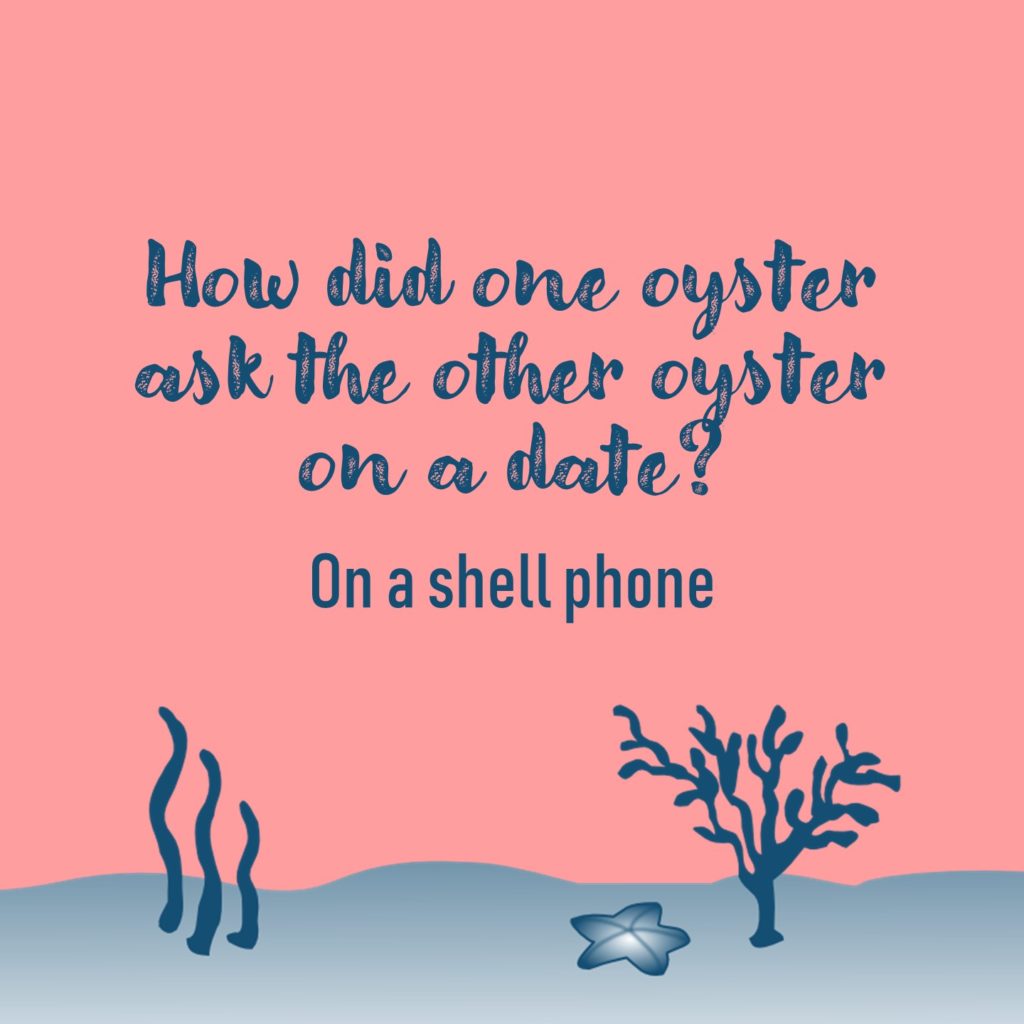
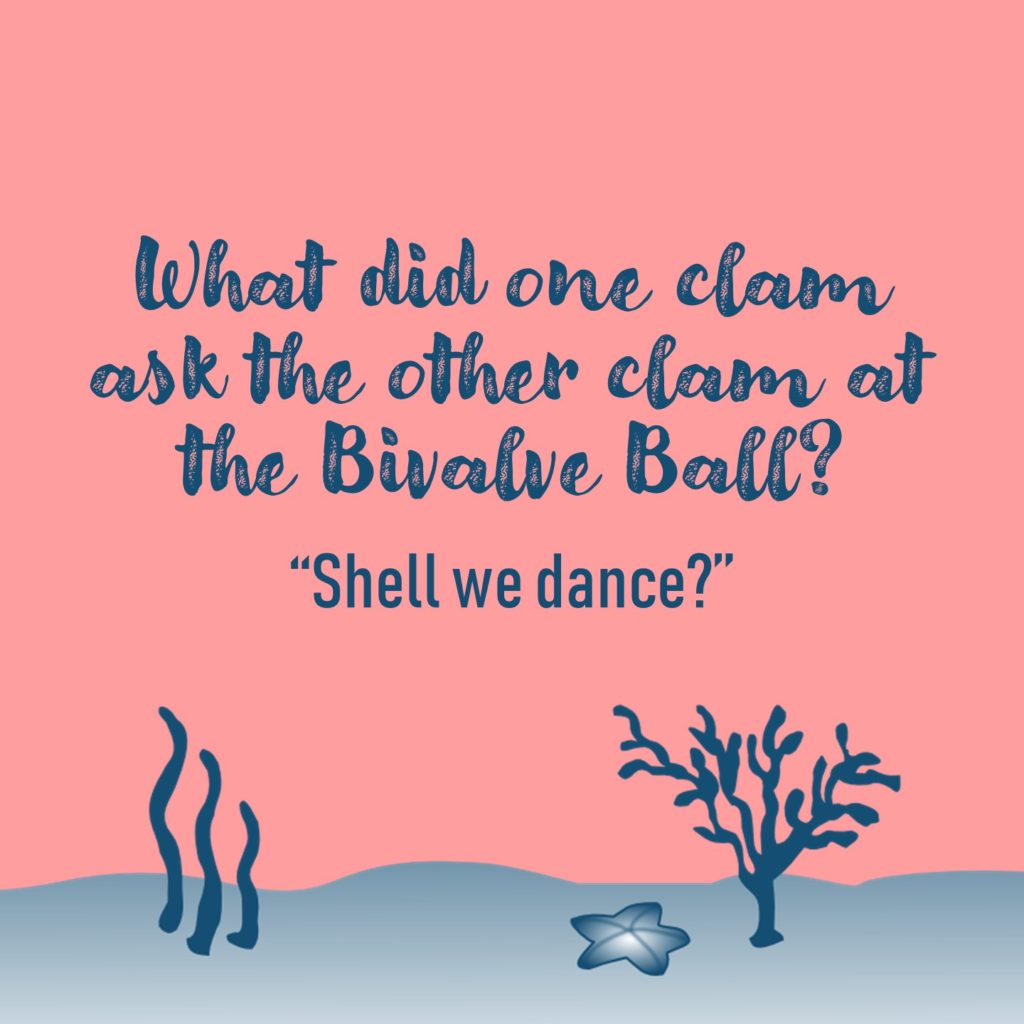

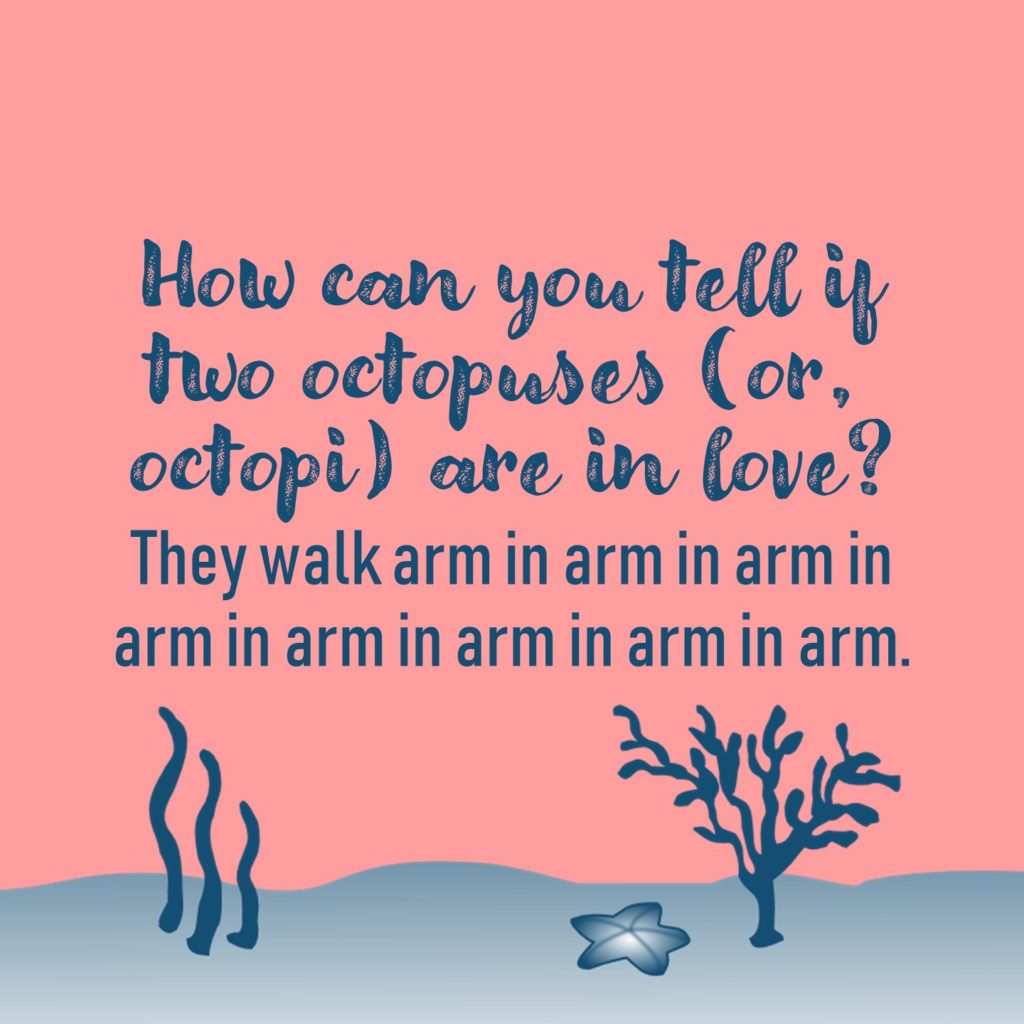
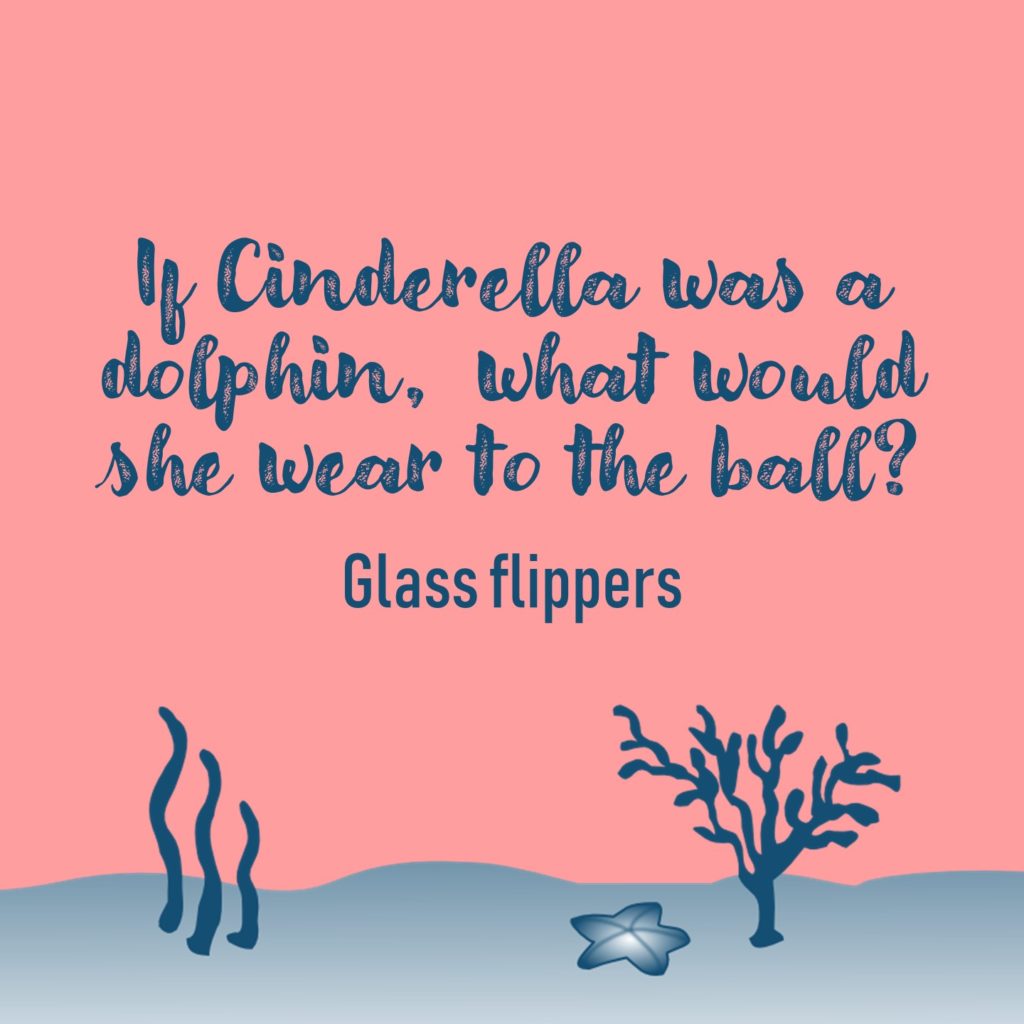

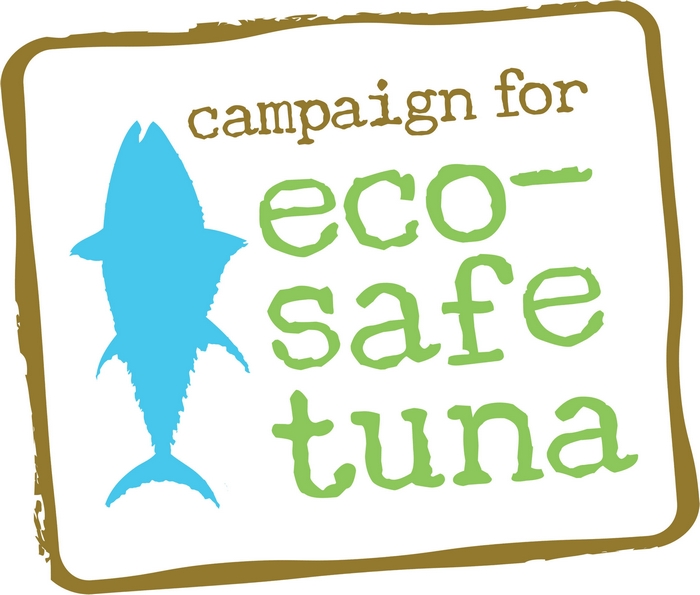
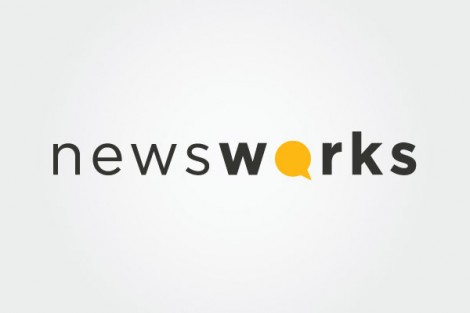


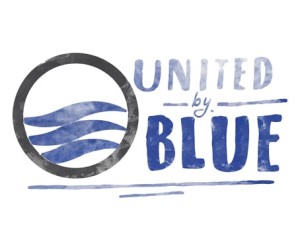
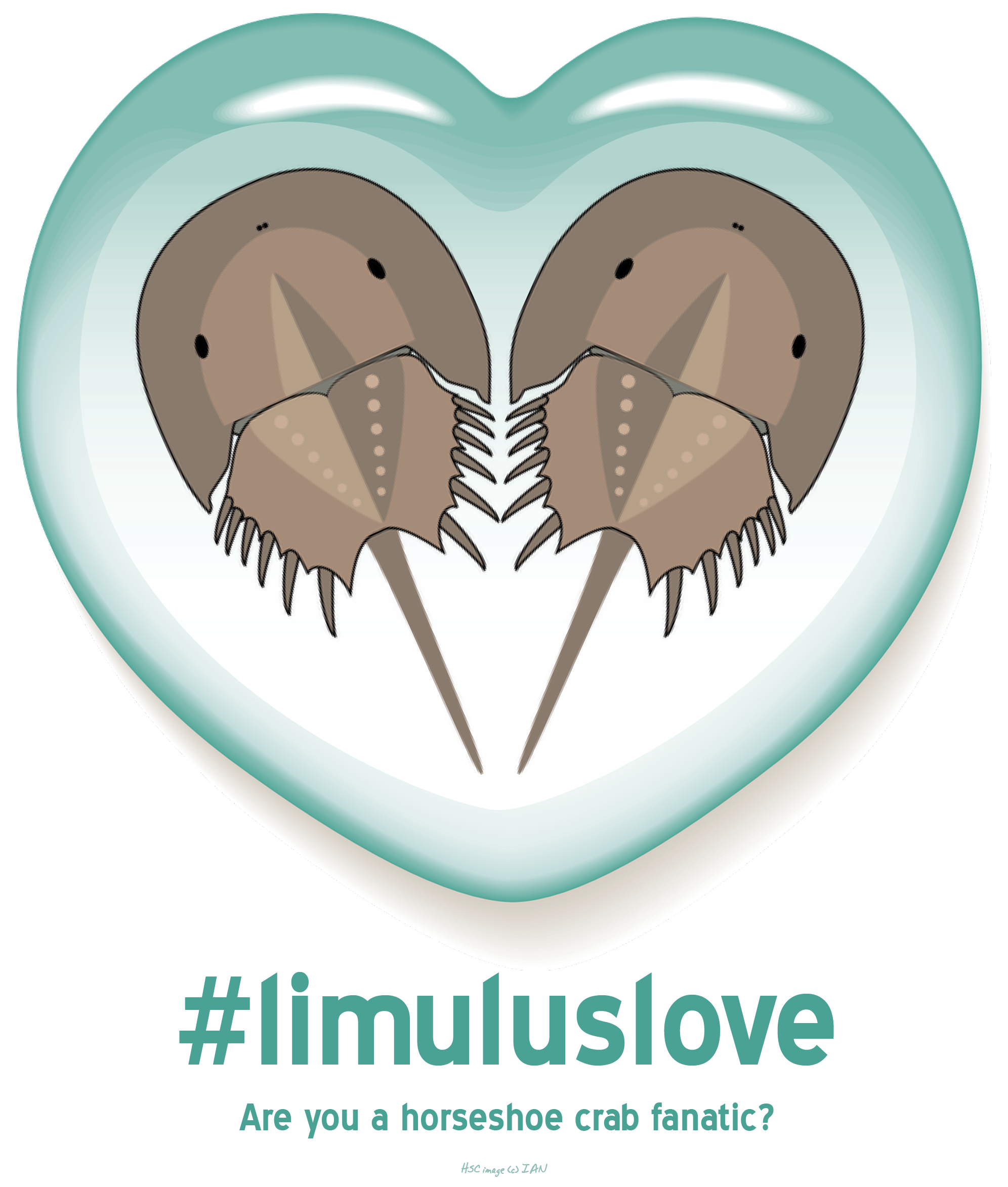
Speak Your Mind